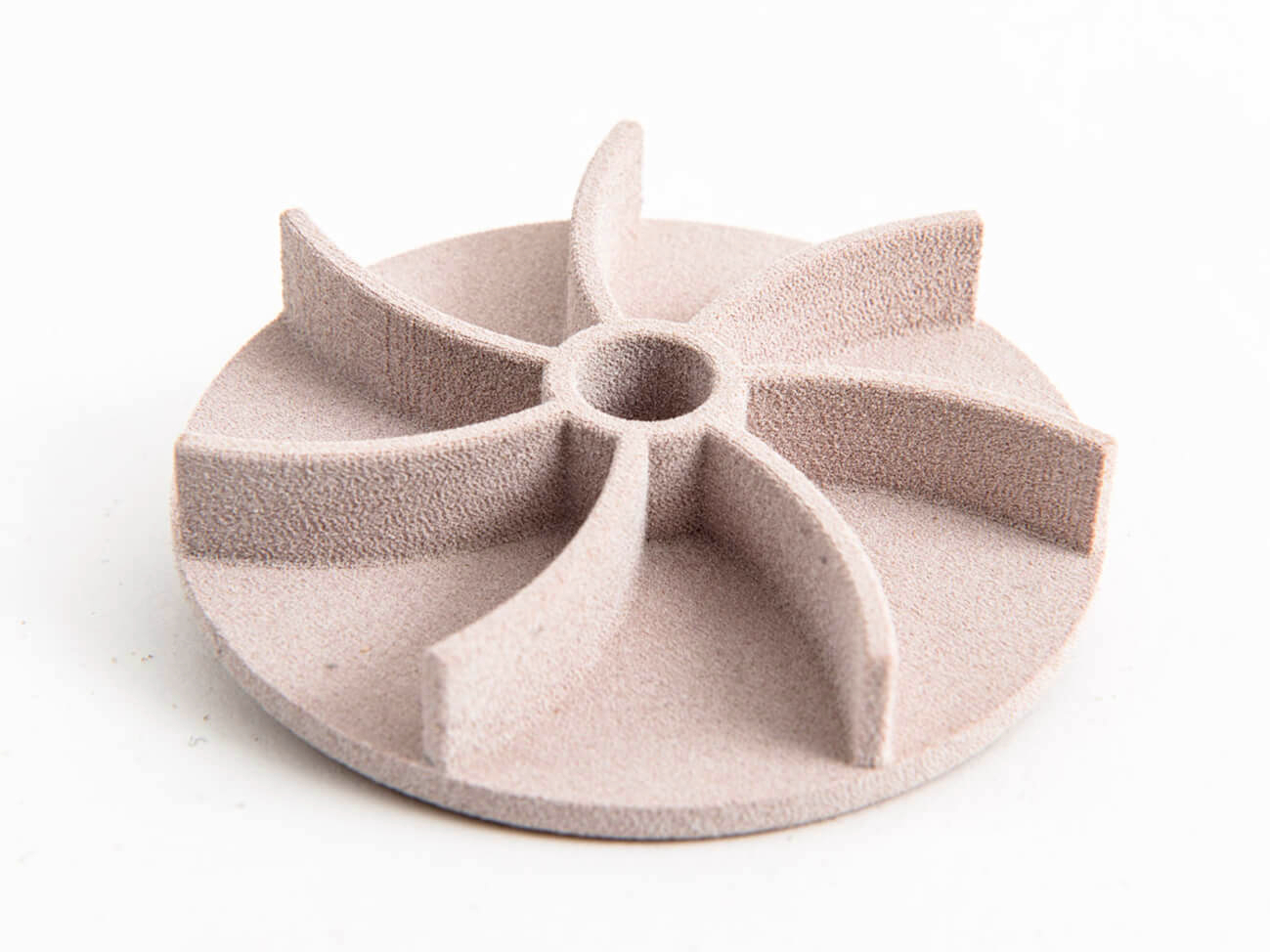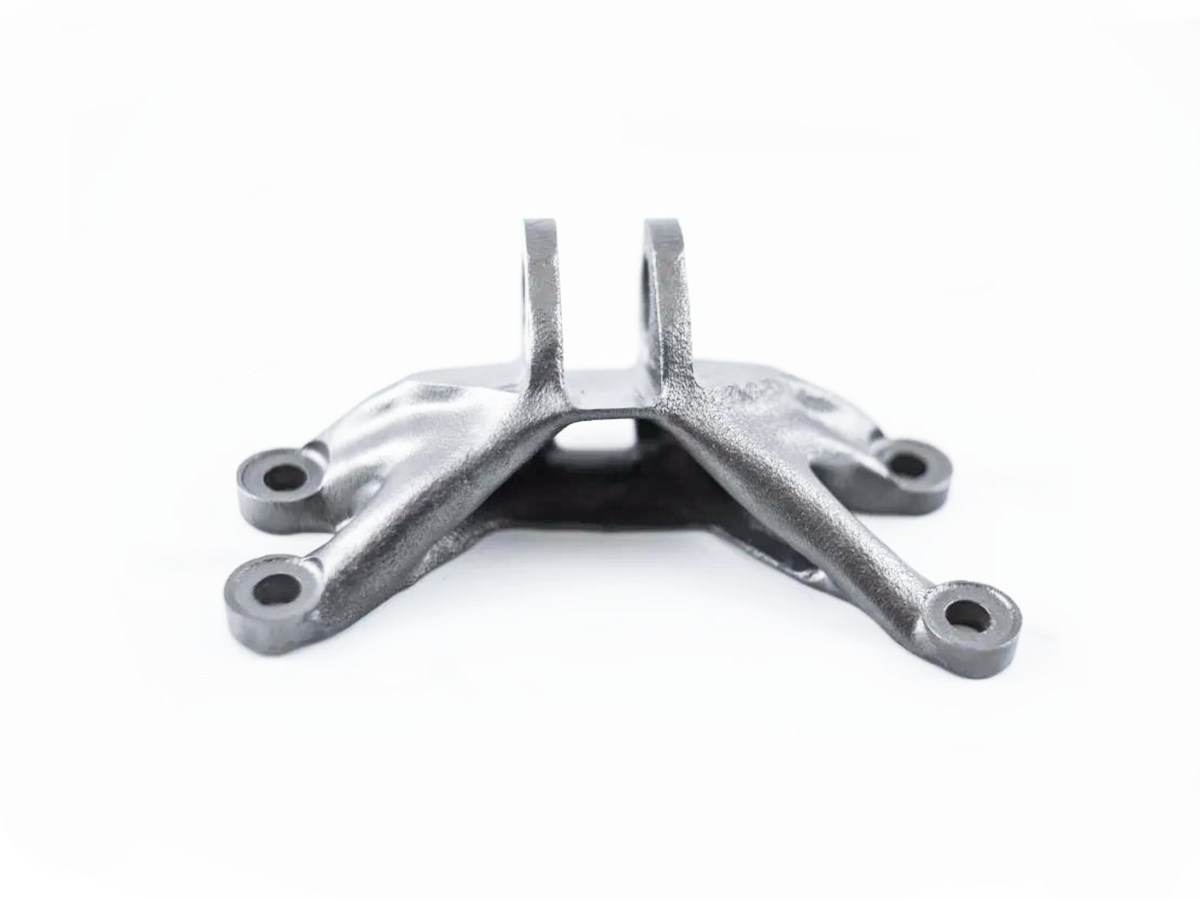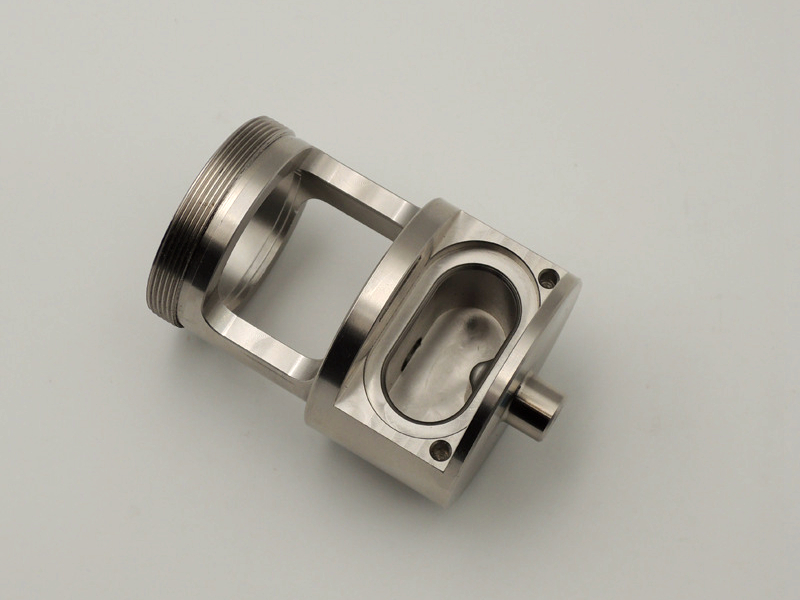What is the typical lead time for Inconel DMLS parts?
From a manufacturing and engineering perspective, the lead time for Inconel DMLS parts is not a single figure but a sum of multiple, variable stages in a rigorous production workflow. A typical lead time for functional, flight-ready, or production-grade Inconel 718 parts generally ranges from 4 to 8 weeks. For simpler, less critical prototypes, this can be compressed to around 2-3 weeks. The timeline is highly dependent on part complexity, quantity, and the required level of post-processing and certification.
Breakdown of the DMLS Lead Time Components
The production of a qualified Inconel part via DMLS is a multi-stage process, each contributing significantly to the overall timeline.
1. Pre-Production (1-2 Weeks)
Design for Additive Manufacturing (DfAM) Review: This initial engineering step is critical. Our team analyzes the CAD model to optimize build orientation, support structures, and mitigate stresses that could cause warping or failure. Complex parts may require several design iterations.
File Preparation and Build Planning: The approved model is sliced, and a build platform layout is created to maximize throughput. This stage also includes obtaining formal purchase order and project kick-off approvals.
2. DMLS Printing (3-10 Days)
Machine Setup and Printing: The actual print time is a function of part height (number of layers) and the density of the build platform. A single, dense Inconel part can take over 100 hours to print. The process is continuous but cannot be rushed without risking build failure.
Cool-Down: After printing, the entire build platform must undergo a controlled cool-down within the machine to prevent thermal shock and cracking of the stress-prone Inconel parts, which requires an additional 12-24 hours.
3. Post-Processing (2-3 Weeks)
This is often the most time-consuming phase, especially for high-integrity components.
Stress Relief & Support Removal: Parts are first heat-treated to relieve internal stresses before being removed from the build plate via Wire EDM. Support structures are then carefully removed.
Hot Isostatic Pressing (HIP): For aerospace, medical, or critical oil and gas applications, HIP is a mandatory step to eliminate internal voids and enhance fatigue life. The HIP cycle itself, including furnace ramp-up, soak, and cool-down, typically takes 1-2 days, but logistics and queue times at HIP facilities can add 1-2 weeks to the schedule.
Solution & Aging Heat Treatment: For alloys like Inconel 718, a specific heat treatment is required to achieve the desired mechanical properties, adding another several days.
CNC Machining: Nearly all DMLS parts require secondary CNC machining to achieve critical tolerances, create threaded holes, and achieve sealing surfaces. This involves fixturing, programming, and CNC milling or turning on hardened Inconel, which is a time-intensive process.
Surface Finishing: Processes such as sandblasting, electropolishing, or tumbling may be applied to enhance surface finish and improve fatigue resistance.
4. Quality Assurance and Certification (1+ Week)
Dimensional Inspection: Parts are meticulously inspected using CMMs and other metrology tools to verify they meet all print specifications.
NDT and Material Certs: For critical components, Non-Destructive Testing (NDT) like dye penetrant inspection is performed. A full material certification package, including chemical and mechanical property reports from witness coupons, is compiled. This documentation process is essential for aerospace and aviation and medical device customers and adds significant time.
Factors Influencing Lead Time Variability
Part Complexity & Size: Larger, more intricate parts have longer print and post-processing times.
Quantity: Batch production can be more efficient per part than a one-off prototype.
Quality & Certification Requirements: A R&D prototype with no certification can be delivered much faster than a flight-critical component.
Shop Capacity & Material Availability: Lead times can fluctuate with overall demand and raw material supply.
Summary of Typical Lead Time Ranges
Part Type / Requirement | Typical Lead Time | Key Included Stages |
|---|---|---|
R&D Prototype (As-Built) | 2 - 3 Weeks | DfAM, Printing, Basic Support Removal, Rough Machining |
Functional Prototype | 3 - 5 Weeks | Includes Heat Treatment, CNC Machining, Standard Inspection |
Production / Flight Part | 4 - 8 Weeks | Includes HIP, Full Heat Treatment, Precision CNC, NDT, and Full Certification |



